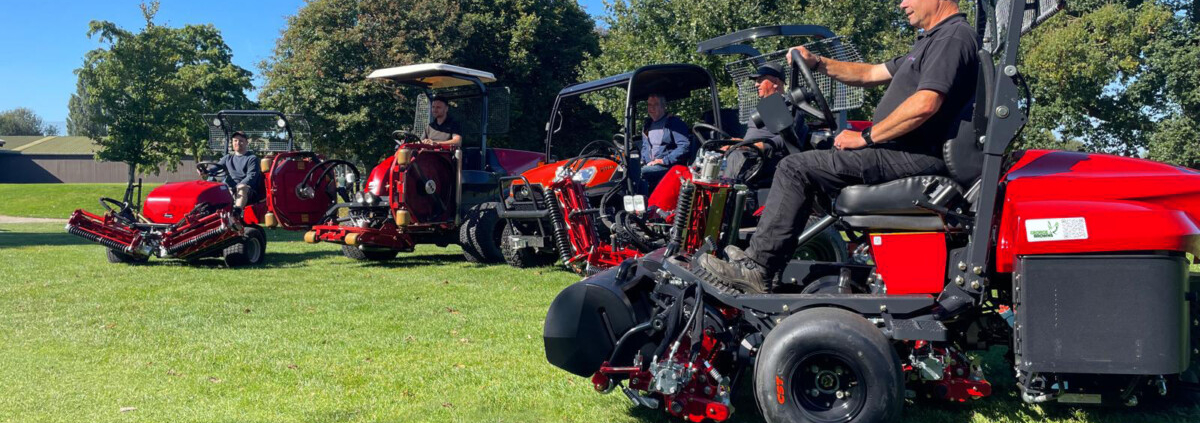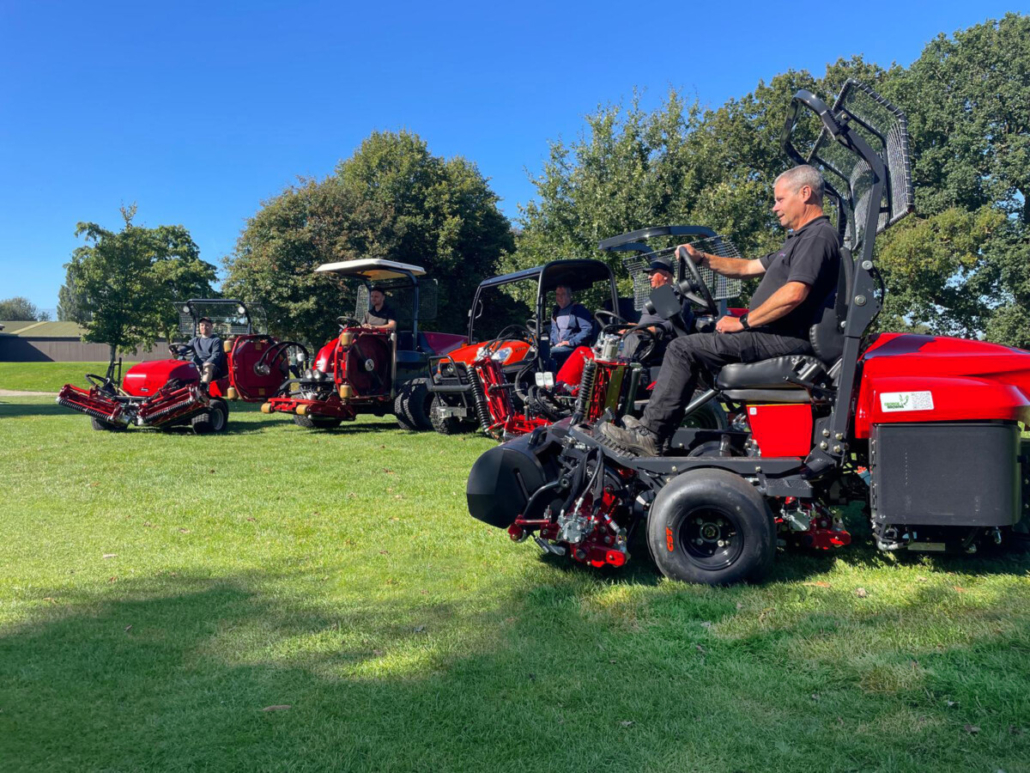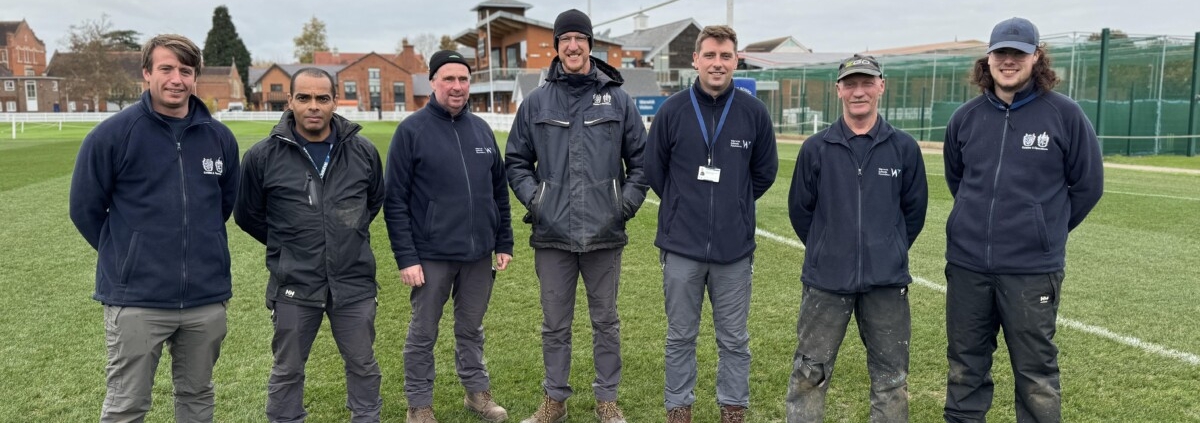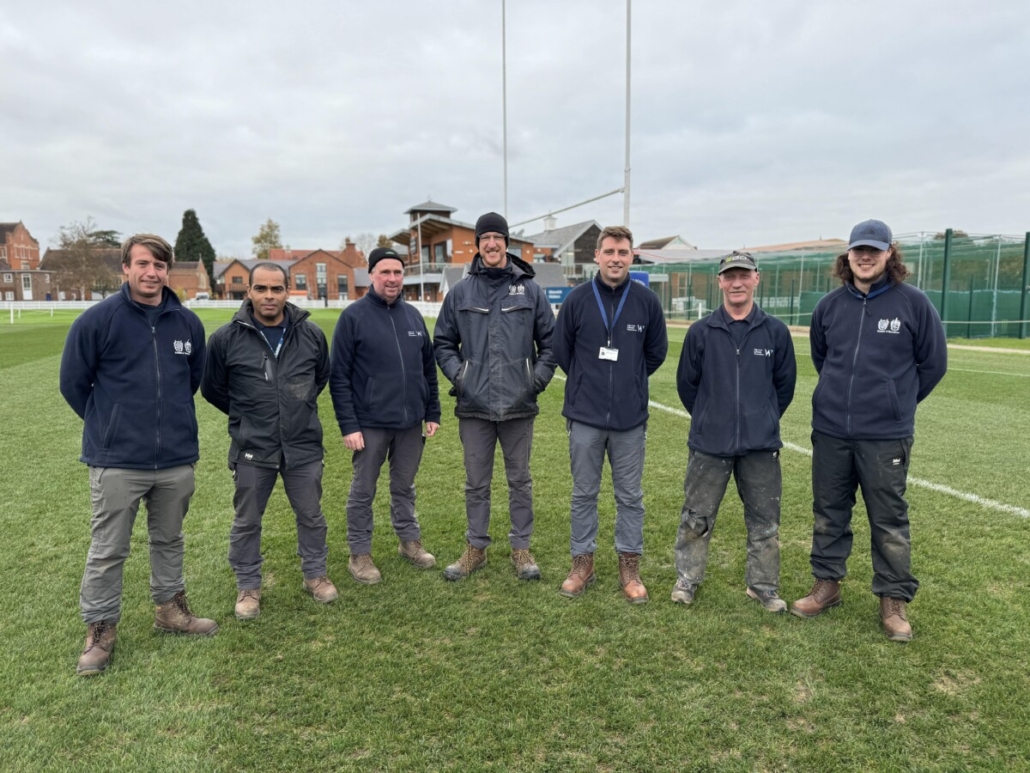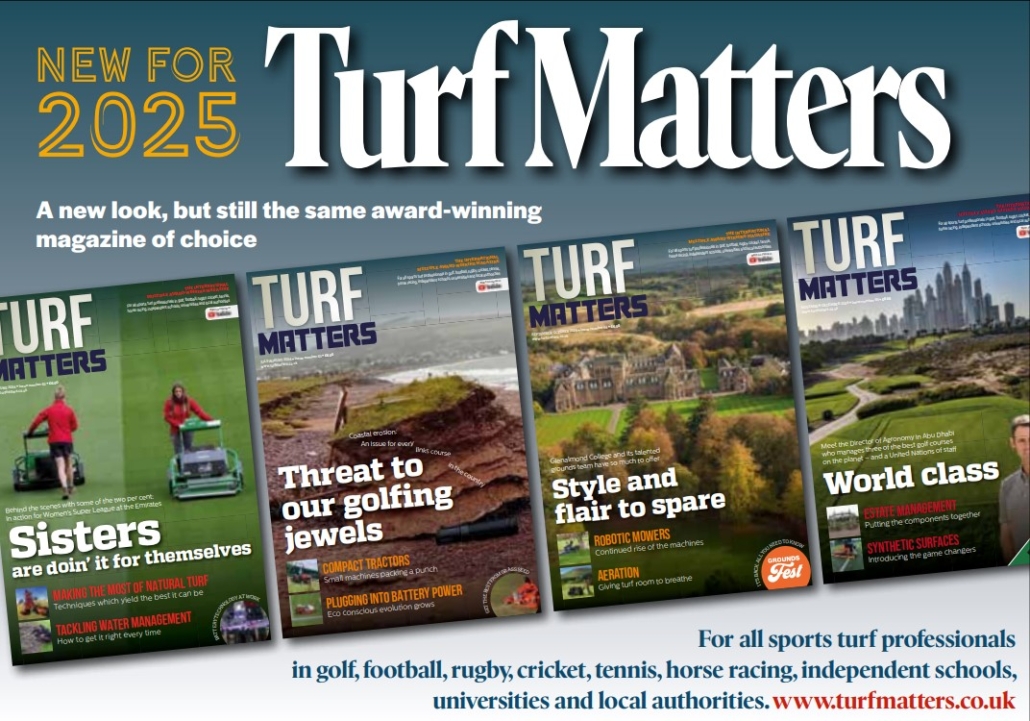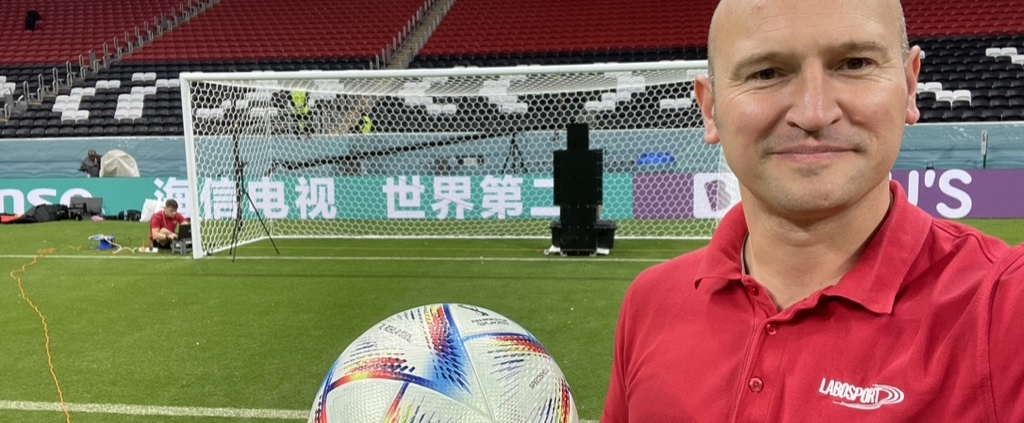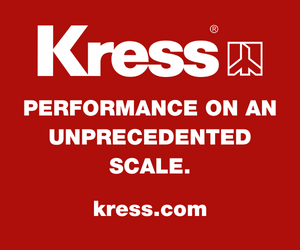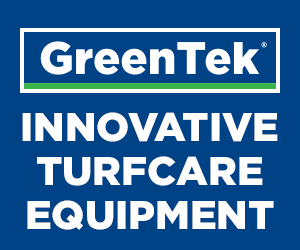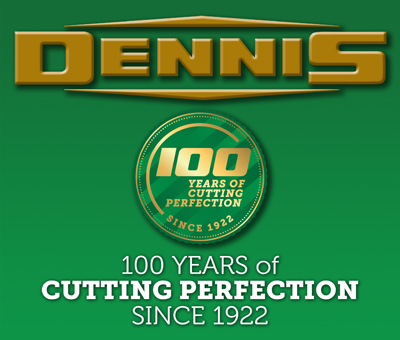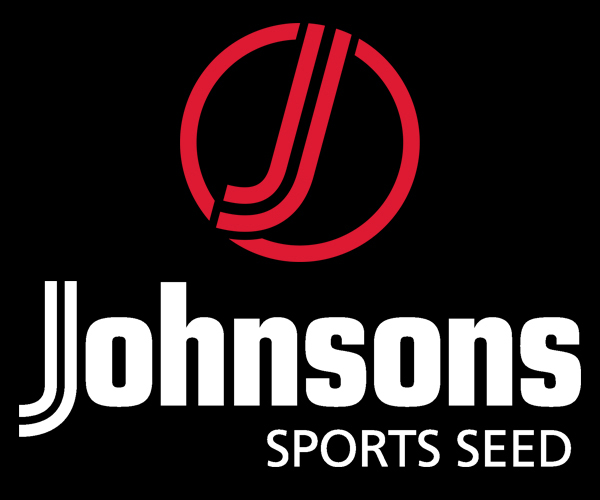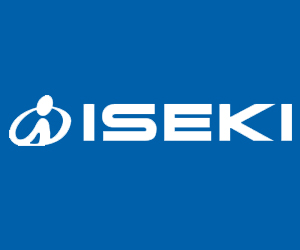The with man perfect pitch: Scott MacCallum met up with CEO of Labosport, Professor David James, the man at the forefront of sports pitch development.
If we think back to sport in the 1970s there are two images that spring to mind. There was Ronnie Radford scoring a remarkable goal for Hereford United to defeat Newcastle in the FA Cup in 1972 and then England prop Fran Cotton playing for the British Lions, in Melbourne, in 1977, looking like the muddiest man you’ve ever seen in your life.

The with man perfect pitch
Both iconic sporting images, neither of which would ever be replicated today. Ronnie’s goal was incredible as he more or less shovelled the heavy leather ball out of the boggy pitch from 30 yards and into the top corner. John Motson’s commentary and Ronnie’s celebration are part of English football’s folklore, but do you really think that the game would have gone ahead in 2025?
And Fran. Same thing. Would a game that resulted in Fran turning into a monster from a B-movie horror ever have got past a modern day pitch inspection?
Different times and different standards, but I do think it is fair to say that most people forget just how far we have come in the construction, maintenance and preparation of modern day sports pitches. It is now rare for a pitch to become a game-defining issue and it would take a highly trained eye to identify whether a pitch was at the beginning or end of its particular season.
And alongside the development of natural turf surfaces is the quite extraordinary progress of synthetic pitches.
At the sharp end of much of natural and synthetic pitch development is Labosport, the international company which is a the forefront of testing, certification and consultancy on all aspects of sports surfaces. Since 1993 they have spearheaded the development of testing methods to raise the quality of sports surfaces and provide guidance on the design and construction of sports facilities.
And the man who is Labosport’s worldwide CEO is Professor David James. As you might imagine David is a busy guy. When I caught up with him, at Labosport’s unassuming UK Headquarters on an industrial estate on the outskirts of Nottingham, he had just returned from viewing some test pitches at Sheffield Hallam University and was about to head off to New Zealand. Air miles are not something for which he is short!
I first bumped into David at the Syn-Pro Seminar held at Loughborough University early last year where he started by saying that the very first synthetic sports surface was at the Houston Astrodome, in Texas, and had been installed in 1966 – the same year as some people ran onto a natural pitch in North London, thinking it was all over!
Given that David is a man with whom you could talk for hours and hours I decided to limit the bulk of the time to the subject he talked on at Loughborough – synthetics.
As a starting point I asked him that, if that Houston pitch were an Amstrad computer, where were we at now?
“I would say the Apple Mac Pro. However it’s still not a finished development. Looking at synthetic surfaces, they’ve really come on huge amounts in terms of playability, athlete welfare, skin injury risks and other injuries,” said David, adding that as with most industries sustainability is now very much the driving consideration.
As for a Eureka moment for the synthetic turf industry along that path from 1966 to 2024..
“I think the Eureka moment has to be the arrival of the so-called 3G. “The two key components of a 3G pitch are a longer pile. Rather than something that’s 25mm, it’s up at 50mm or 60mm.
“And then having an infill, which does a number of things. First of all, it keeps the fibres standing upright which allows players to wear studded footwear, because the infill allows the penetration of the studs. So it gives traction which is much more similar to natural turf and the ball bounce is more comparable to natural turf. You’ve got much more energy distribution so you don’t get very high bounce or very long roll.
“It really simulates natural turf much more closely than those early generations of pitch,” said David, adding that the original 1966 Astrodome pitch was much better suited to American football than it would have been for our more global version of the game.
And indeed those early pitches were still perfectly suited to a sport that has thrived since the introduction of synthetic surfaces – hockey.
But as development continued the understanding of the benefits of a high quality artificial pitch grew.
The key argument for synthetic turf is that that it can withstand up to ten times more playing hours than a natural turf field.
“That’s really important, as you can then look at the availability of land.
Among the reasons why synthetic turf took off so much is that you’ve got this all-weather playability. We don’t get fixtures being cancelled in February. It’s a sobering statistic that up to 50% of all football matches are cancelled in February in recreational football,” revealed David.
“Added to that rather than having ten football pitches you can have as many games on just one pitch. That literally frees up land. You can sell off your playing fields, perhaps for housing developments, and keep the one synthetic field because it can withstand the amount of use.”
But now having had 20 years when 3G pitches were the gold standard new heights are being reached and new quality levels achieved.
“We’re now looking at the next generation of pitch. What we’re looking at is having a shorter pile system, perhaps 40mm using less infill material and having a shock pad under the turf.
“Using less infill on the top and incorporating a shockpad underneath, you get synthetic surfaces which are more consistent than natural turf,” said David, adding that upwards of 35% of all the recycled tyres in the world get recycled into sport fields.
The EU have made a decision to effectively have a ban on the sale of granulated tyres for this use from 2031. The UK has yet to decide what they are going to do.
“There is a lot of work looking at alternative infill materials and there are many options including coconut husks, olive pips, ground walnuts, shells, corn on the cob, cork, wood chip.”
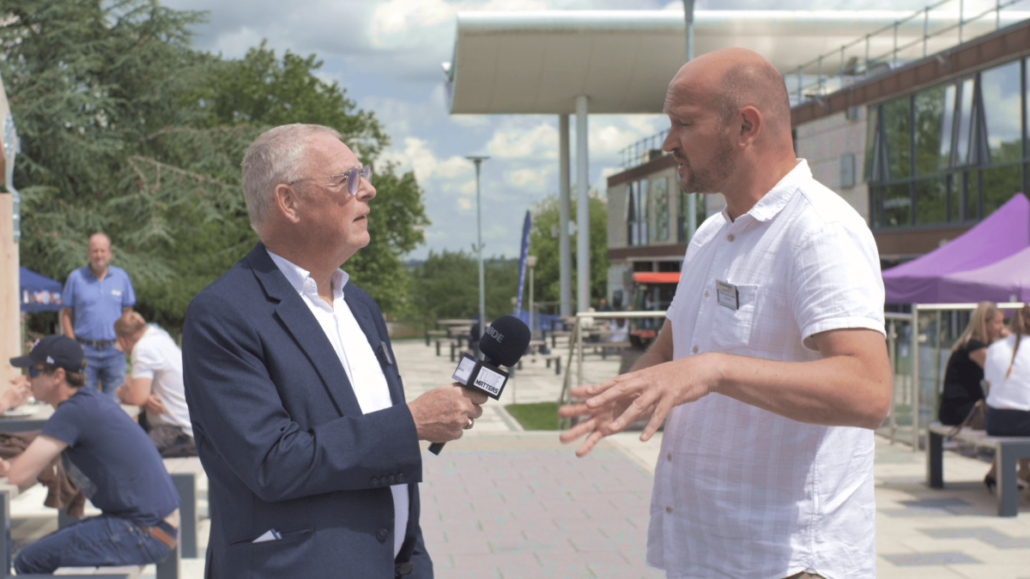
The with man perfect pitch
For a system to work everything has to gel – the shock pad, the carpet, the density of the pile, the amount of stabilising infill, the sand and how much performance infill there is.
“We’re now in a period where there’s going to be huge diversity in the market with these different infill materials, different shock pads, different pile lengths.
They’ve got different characteristics. They’ve got different price points. They’ve got different maintenance issues, different longevity. Some of the materials are very robust while others are more prone to deterioration over time.”
One previous area of concern was the level of injury which can be caused by playing on a synthetic pitch.
“I recently gave a speech at the SAPCA conference on the latest research into the injury risk to players from different playing surfaces. There are very strong perceptions among elite football players that synthetic turf has a highest higher injury risk.
“I don’t discount the player experience but, at the same time, I want to look at the data and there have been something like a 120 peer-reviewed scientific publications that have compared inury risk between synthetic turf and natural turf.
“Indeed here has been a recent systematic review, which took 53 of the highest quality studies from all over the world. It showed that there is no elevated injury risk on synthetic turf to natural turf for football. It did, however, show a slight elevation of risk in American football.”
Around about 10 years ago there were newspaper headlines, and some anecdotal evidence, that rubber crumb in synthetic pitches was causing cancer. However all research has since revealed that the level of potentially carcinogenic chemicals in recycled tyres is so low that it is deemed to be of no risk to humans.
Having taken on the global CEO role at Labosport 18 months ago, how did David find himself in such a key role within the sporting world?
“I actually trained as a mechanical engineer at the University of Sheffield, so for me it’s all about materials and how balls and athletes interact with the surface. That’s still my fundamental passion and I view a lot of these topics through the prism of engineering.
I’m not an agronomist, but I did my engineering degree and then a PhD that was funded by the England and Wales Cricket Board. I got to work with Bill Adams, who sadly recently died, He was a huge leading light in agronomy, and worked for the ECB, looking at cricket pitches.
“He was taking soil cores and looking at clay content while I was coming from an engineering perspective, looking at how balls bounced. It’s impact mechanics.
“I was using high-speed video to film balls bouncing and then characterising things such as the pace of the bounce. That got me going on the engineering of sports surfaces, The surface is fundamentally an engineered product, whether it’s natural or synthetic. Amazingly, my PhD actually became an important reference document on cricket pitches and the science of cricket pitches.”
David remained in academia for the next 15 years, focusing on how balls and humans interact with surfaces in all sorts of different ways.
“I was looking at footwear and worked with companies like Adidas, while working for the University of Sheffield and then Sheffield Hallam University.
“I ended up running the Research Centre. We had a great time during London 2012 as well, and did a lot of work with our Olympic teams, taking this engineering perspective around sports performance and understanding the sports environment. But my personal passion has always been the surface, always been understanding the playing surface or the running shoe.”
David joined Labosport six years ago and ran the UK side of Labosport. Then, a year and a half ago, he became CEO of the whole group.
Labosport has 16 laboratories in 11 countries but also has companies, such as PSD, Professional Sports Turf Design, TGMS. Outside of Europe there is Labosport China, Labosport India and Labosport Australia.
“We also have the New Zealand Sports Turf Institute. In the Americas, we’ve got Labosport Canada and in Texas, Labosport USA, which really focuses on golf and the golf industry.”
The company is there to assist anyone wishing to develop sports facilities.
“It could be that we produce a feasibility study. Maybe you’ve got an old facility, you’ve got a piece of empty land, and want to build an athletics’ track. We would look at the ground conditions and then provide options and potential designs and then perhaps assist with the writing of a specification and then assist it through planning. We’re an independent consultant, so we stand aside from construction. However we might be involved in monitoring the quality of the construction and carry out the certification. We would then monitor the pitch throughout its life, carrying out recertifications and ultimately look at the end-of-life options.”
Having been immersed the subject for so many years it would be remiss not to ask David for his thoughts on the future and where he would like to see stadiums and pitches in the next decade or so.
“I would like to see the industry moving away from the model where you have a massive stadium in a city where you play one game every two weeks. It’s a huge facility so why not have four or five games a week there shared by different clubs – men and women, rugby and football, hockey whatever.
“From a sustainability perspective, it just makes so much sense.”
Even if that means we won’t be seeing any modern day images of the likes of Ronnie Radford and Fran Cotton!



